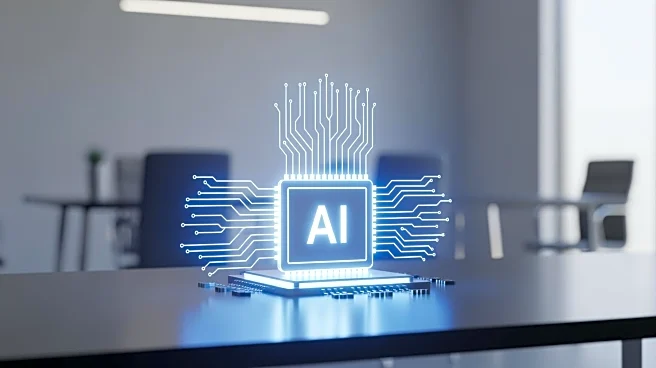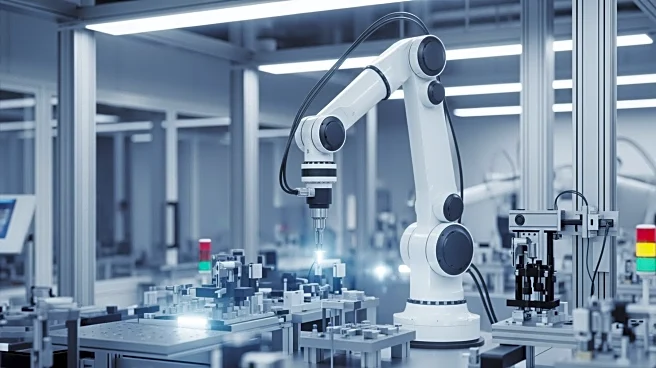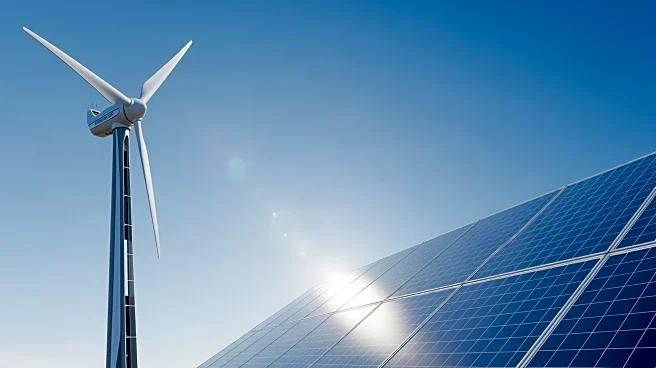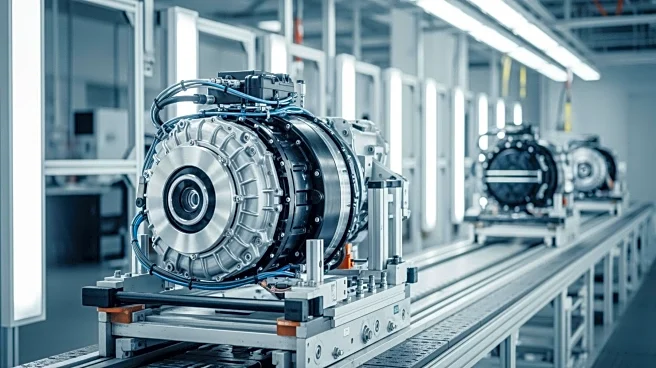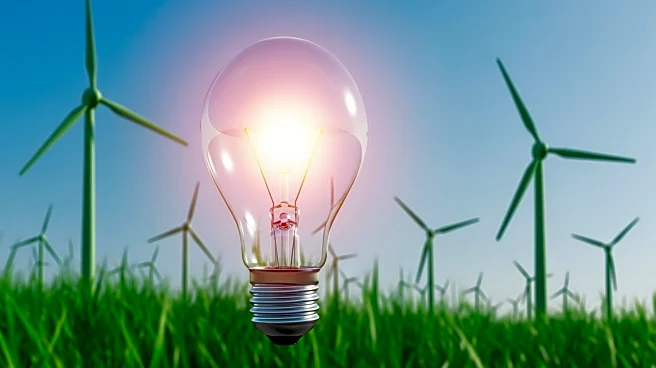What's Happening?
Artificial intelligence is being increasingly utilized to enhance energy flexibility and efficiency in grid operations. AI systems are capable of processing large volumes of data to optimize energy distribution, forecast demand, and improve grid resilience.
By integrating AI, operators can anticipate and address potential issues such as congestion and faults, thereby reducing reliance on carbon-intensive backup systems. This technology is particularly beneficial in managing the growing demand from electric vehicles, battery systems, and renewable energy sources.
Why It's Important?
The application of AI in energy systems is crucial for achieving sustainability goals and improving grid reliability. AI-driven solutions can optimize energy use, reduce emissions, and lower operational costs, contributing to a more resilient energy infrastructure. As the demand for clean energy grows, AI provides a scalable solution to manage complex energy networks efficiently. This advancement supports the transition to renewable energy sources and helps mitigate the environmental impact of traditional energy systems.
What's Next?
The continued integration of AI in energy systems is likely to drive further innovation and investment in clean technologies. Grid operators may increasingly adopt AI solutions to enhance their capabilities, leading to improved energy management and reduced environmental impact. Policymakers and industry leaders may need to collaborate to establish standards and frameworks that support AI adoption while ensuring data privacy and security. The success of AI in energy systems could also encourage other sectors to explore similar technological advancements.
Beyond the Headlines
The use of AI in energy systems raises ethical considerations regarding data usage and privacy. As AI systems become more integrated, there will be a need for transparent policies to protect consumer data and ensure responsible use. Additionally, the shift towards AI-driven solutions may impact employment in traditional energy roles, necessitating workforce adaptation and retraining.



